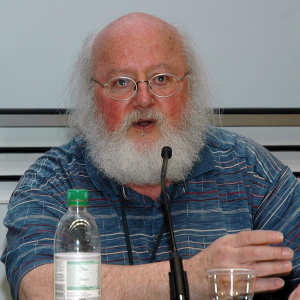Title : How science can help to ease up the harsh GMO dispute
Abstract:
If we want to escape this kind of years long regulatory limbo on GMOs, we have to do more than just to deplore the debate full of artificial (or imagined) contrasts and continue in a rather naïve way the war on facts and pseudo-facts. Here two main arguments:
First: We need to see behind the curtain and focus on the driver elements behind the debate. The industry, together with important farmer organizations worldwide, want to see better results of the new breeds in the field and cannot understand the resistance of consumers – all the more that the future of modern breeds with higher yields and better qualities are just around the corner, ready to be cultivated. The opposition deplores to lose the debate, still sticks to unscientific principles of an imaginary “genomic integrity” and activists fear to lose a major part of their income with the fast growing higher precision of Gene Editing (they still like the black and white picture full of risks for all “artificial” gene transfer methods. The reason: the main driver behind their campaigns is diffuse fear, tribal solidarity and stigmatization, built on questionable interpretations of substantial equivalence and sustainability and plain other false arguments.
Second: Surprisingly, molecular science and unbiased views on agricultural history should be able to ease down the contrasts in this debate here two of many arguments: The process of gene transfer is identical, whether done in natural mutation or modern biotechnology, a view supported in the past many times by Nobel Prize Winner Werner Arber, cited and summarized under keywords such as Genomic Misconception..
And it is fact (after Wood and Lenne 2010) that our main world crops (Rice, Wheat and Sorghum) have been chosen by our ancestors because they already lived in large monodominant stands, an important precondition of efficient food production. As a consequence, we need proposals to merge organic farming with its too strict focus on anti-biotechnology and industrial farming with its too strict perspective on production alone, better to think the unthinkable such as organo-transgenic breeding. Both farming methods could actually go together under well defined circumstances - across ideological and commercial barriers.
Conclusion: The regulatory views should in consequence also be not the black and white view, but instead consider a flexible dynamically scalable regulatory modus, which is more realistic, closer to the existing breeding reality and more acceptable to friends and foes according to Nancy Podevin et al. 2012 and Jeffrey Wolt 2015 et al. 2015 and Agnès Ricroch et al. 2016 - all three papers showing more regulatory details.



